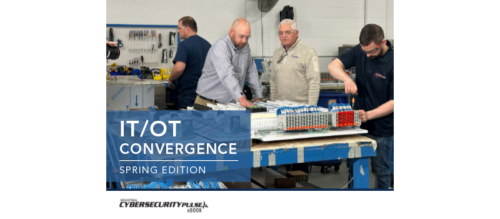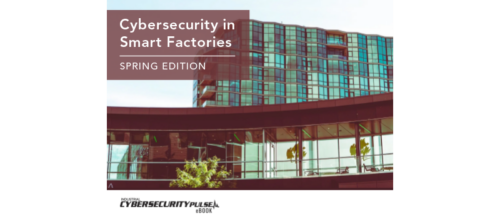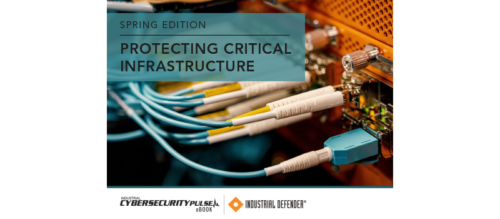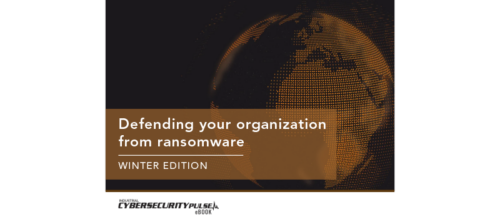Advice on industrial Ethernet hardware and its application
A system integrator provides advice on industrial Ethernet hardware, infrastructure, design, devices, assessment, installation, and start-up, among other topics. See the information on industrial Ethernet hardware below and in a Control Engineering Registered Continuing Education Program (RCEP) accredited webcast, where registrants can receive a professional development hour (PDH).
Industrial Ethernet devices and networks are reaching deeper into manufacturing and process control applications, and Kurt Forster, an industrial network expert with Autopro Automation Consultants Ltd., provides advice on Ethernet hardware, infrastructure, design, devices, assessment, installation, and start-up, among other topics, below, and in a Control Engineering RCEP-accredited webcast, eligible for a professional development hour (PDH).
“An Ethernet device is any device that accepts the IEEE802.3 standards. This device is commonly connected via an 8P8C (RJ45) connector, which is in most cases connected to a Cat5x or Cat6x cable of some sort. Basically, any device that accepts an Ethernet cable and is IP configurable is an Ethernet device,” according to Forster, MCITP (EA), an industrial IT systems and security specialist.
Help sought for Ethernet implementations
Control Engineering research says many subscribers need help with Ethernet implementations, and Forster suggested that the time to consider industrial networking is early in project planning, to ensure the communication capabilities meet current and future infrastructure needs.
Site assessment helps define environmental needs, device size, security, and surrounding infrastructure, among other needs, Forster noted.
Ethernet device specification and project requirements should be built using the site and infrastructure assessments, looking at a dozen attributes, including zone classification, media requirements, temperature and humidity, power, bandwidth, speed, protocols, mean time between failures, and others.
Other material covered in the webcast includes help with vendor selection, device selection, testing, installation, start-up, trends, and other advice.
Sequence of considerations
Forster noted that following the proper sequence of steps helps ensure selection of the correct Ethernet device for any project.
A question and answer session will follow the presentation. Initial analysis of registrants’ questions on Ethernet hardware suggests interest in network design, Ethernet switches, Ethernet protocols, network troubleshooting, network security, and Power over Ethernet-related topics. Total webcast time, including Q&A, is expected to be one hour.
See the Ethernet Hardware webcast at www.controleng.com/webcasts.
– Mark T. Hoske, content manager, Control Engineering, mhoske@cfemedia.com.
Do you have experience and expertise with the topics mentioned in this content? You should consider contributing to our CFE Media editorial team and getting the recognition you and your company deserve. Click here to start this process.






